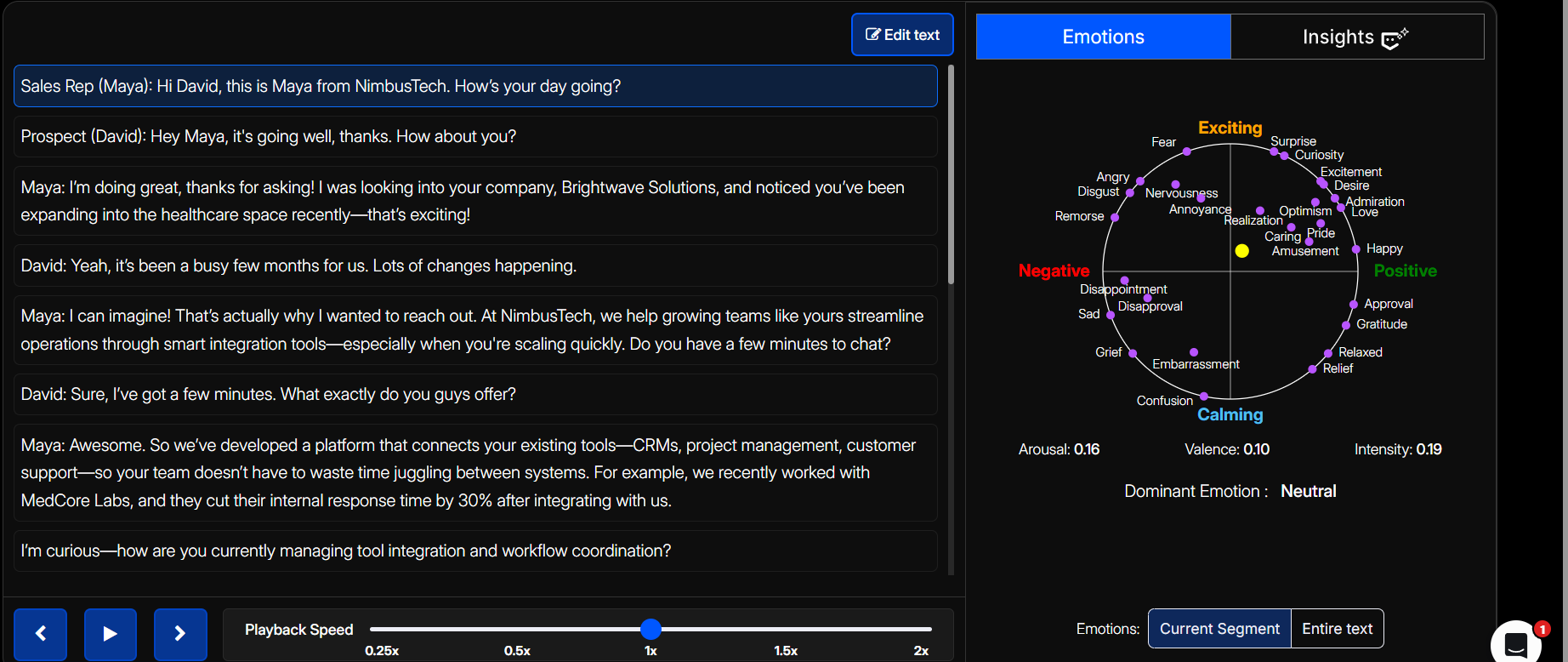
Text Emotion Analysis for Better Customer Insights and Engagement
Your customers are telling you how they feel, even when they don’t say it outright.
We all know that words carry meaning, but tone and context carry emotion. When someone says, “It’s fine,” it might mean they’re satisfied or that they’re disappointed but trying to stay polite.
That’s the gap traditional analytics miss, the emotional subtext behind the words. This is where text emotion analysis makes a difference, helping organizations understand how people truly feel in every chat, email, or message.
What Is Text Emotion Analysis?
Text emotion analysis is the process of identifying emotions hidden within written communication, such as emails, chat messages, feedback, or social media posts. It goes beyond sentiment analysis, which simply classifies text as positive, negative, or neutral.
Sentiment analysis can tell you that a customer is unhappy. Emotion analysis tells you why they might be frustrated, disappointed, or anxious.
That emotional nuance is what makes a response more human and effective.
Going Beyond Words: How Imentiv AI Interprets Emotion

Imentiv AI brings context and psychological depth into emotion detection.
Instead of relying only on keywords or surface-level sentiment, it analyzes linguistic cues, tone patterns, and contextual meaning to understand emotional intent.
For example, the phrase “Thanks, that was really quick” could be genuine praise or sarcastic frustration, depending on tone and context.
Imentiv AI’s model detects those subtle differences by understanding the surrounding conversation and emotional consistency.
This is powered by the platform’s AI Insights and Emotion Graph features:
- AI Insights lets users ask context-specific questions — like “What emotions dominated this conversation?” or “How did the tone shift after the feedback?” — and provides clear, emotion-backed interpretations to guide action.
- Emotion Graph visualizes these shifts, showing how emotion evolves across a chat, meeting, or email thread.
Together, they turn unstructured text into clear, actionable emotion intelligence — the next step in text-based emotion detection.
Why It Matters: From Data to Empathy
In organizations, text-based communication happens everywhere — emails, performance reviews, chat tools, and feedback forms.
Each message carries an emotional fingerprint.
By performing emotion analysis from text, Imentiv AI help teams:
- Understand customer moods — detect when satisfaction dips or anxiety spikes.
- Track employee sentiments — uncover stress, motivation, or morale trends.
- Improve leadership communication — identify when tone feels encouraging or distant.
Emotion insights reveal what traditional analytics can’t, that is, how people actually feel during a conversation. When teams understand those emotional undercurrents, they can act with empathy, strengthen relationships, and make communication more human.
Making Text Analysis More Human
At its heart, emotion analysis isn’t about technology replacing intuition; it’s about enhancing it. It gives businesses the emotional visibility they often lose in digital communication.
Imentiv AI’s contextual models are built with psychological grounding, helping organizations interpret emotions the way humans naturally do.
It transforms data into understanding.
Metrics into meaning.
Conversations into connections.
Takeaway: Building Empathy into Every Interaction
When organizations listen not just to what people say, but how they feel when they say it, communication becomes more authentic, empathetic, and effective.
With Imentiv AI, every chat, email, or feedback form becomes an opportunity to understand the person behind the words. The text emotion API seamlessly integrates these insights into existing systems, making emotion understanding part of everyday workflows.
Discover how Imentiv AI turns emotion into insight and makes every conversation more human.